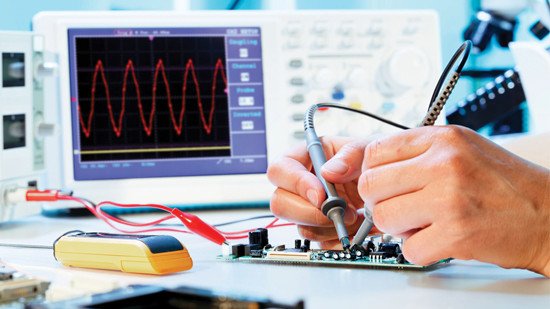A major difference between a forward high-frequency transformer and a flyback high-frequency transformer lies in the fact that the forward transformer does not require any air gaps, and it is also required to have a large inductance. Primary side current also flows through the forward transformer, but this current is not induced by the secondary side inductance, but is stored by the input voltage.
Flyback transformers and forward transformers work differently, but they are in the same quadrant. By turning on the switch tube of the primary side of the forward excitation transformer, the energy is transferred to the load simultaneously; when the switch tube is turned off, the magnetic reset circuit must demagnetize the transformer. Flyback transformers work in the opposite way from forward transformers. When the primary side switch tube is on, the transformer stores energy, but the energy does not get added to the load when the secondary side switch tube is on. The energy of the transformer is released to the load side when the switch tube is turned off. The diode behind the forward switching power supply is a freewheeling diode. If the output part requires additional energy storage, an energy storage inductor will be added.
The main difference between the forward transformer and the flyback transformer is that when the switch tube is turned off, the output of the forward transformer mainly relies on the energy storage inductance and the freewheeling diode to maintain the output, while the output of the flyback transformer mainly relies on the secondary.
The following are some recommendations we provide when designing forward and flyback transformers:
- It is not recommended to use forward transformers for multiple outputs
- The forward transformer should use pulse width adjustment as a voltage regulator, then string inductance after secondary rectification. Otherwise, the output voltage is mostly determined by the input, while the pulse width only affects the ripple on the output.
- Flyback circuits are generally suitable for multiple outputs with high voltage regulation and safety.
- A flyback circuit stores energy first, then supplies it to each output according to its voltage ratio. The output ratio of each output remains unchanged, and it is allocated based on who is in need of more current.
- Forward transformers do not store energy, but they only serve to couple transmissions. Flyback transformers must store energy during the opening process. During the shutdown process, the forward winding is in the same phase, the flyback winding is in the opposite phase, the forward transformer does not require adjustment of the inductance value, while the flyback transformer requires adjustment. The forward transformer also has residual magnetism to prevent saturation.



